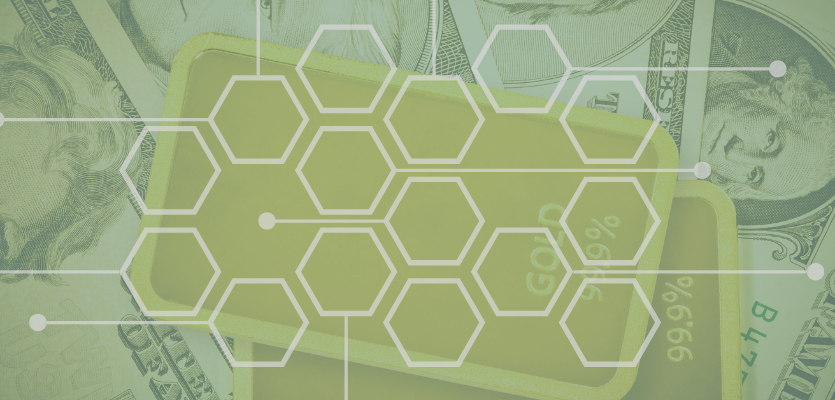In this five part series, we discuss why the world needs an Unadulterated Gold Standard:
In Part I, we look at the period prior to and during the time of what we now call the Classical Gold Standard. It should be underscored that it worked pretty darned well. Under this standard, the United States produced more wealth at a faster pace than any other country before, or since. There were problems; such as laws to fix prices, and regulations to force banks to buy government bonds, but they were not an essential property of the gold standard.
In Part II, we discuss the era of heavy-handed intrusion by governments all over the world, central planning by central banks, and some of the destructive consequences of their actions including the destabilized interest rate, foreign exchange rates, the Triffin dilemma with an irredeemable paper reserve currency, and the inevitable gold default by the US government which occurred in 1971.
In Part III we look at the key features of the gold standard, emphasized the distinction between money (gold) and credit (everything else), and look at bonds and the banking system including fractional reserves.
In Part IV, we consider another kind of credit: the Real Bill. We must acknowledge that this topic is controversial because of the belief that Real Bills are inflationary.
In Part V, we take a deeper look at the Real Bills market, including the arbitrages and the players and close with the formal definition of an Unadulterated Gold Standard.
Keith Weiner discusses what the coming gold standard will look like in this video.


 :
:

2 responses to “The Unadulterated Gold Standard Part I”